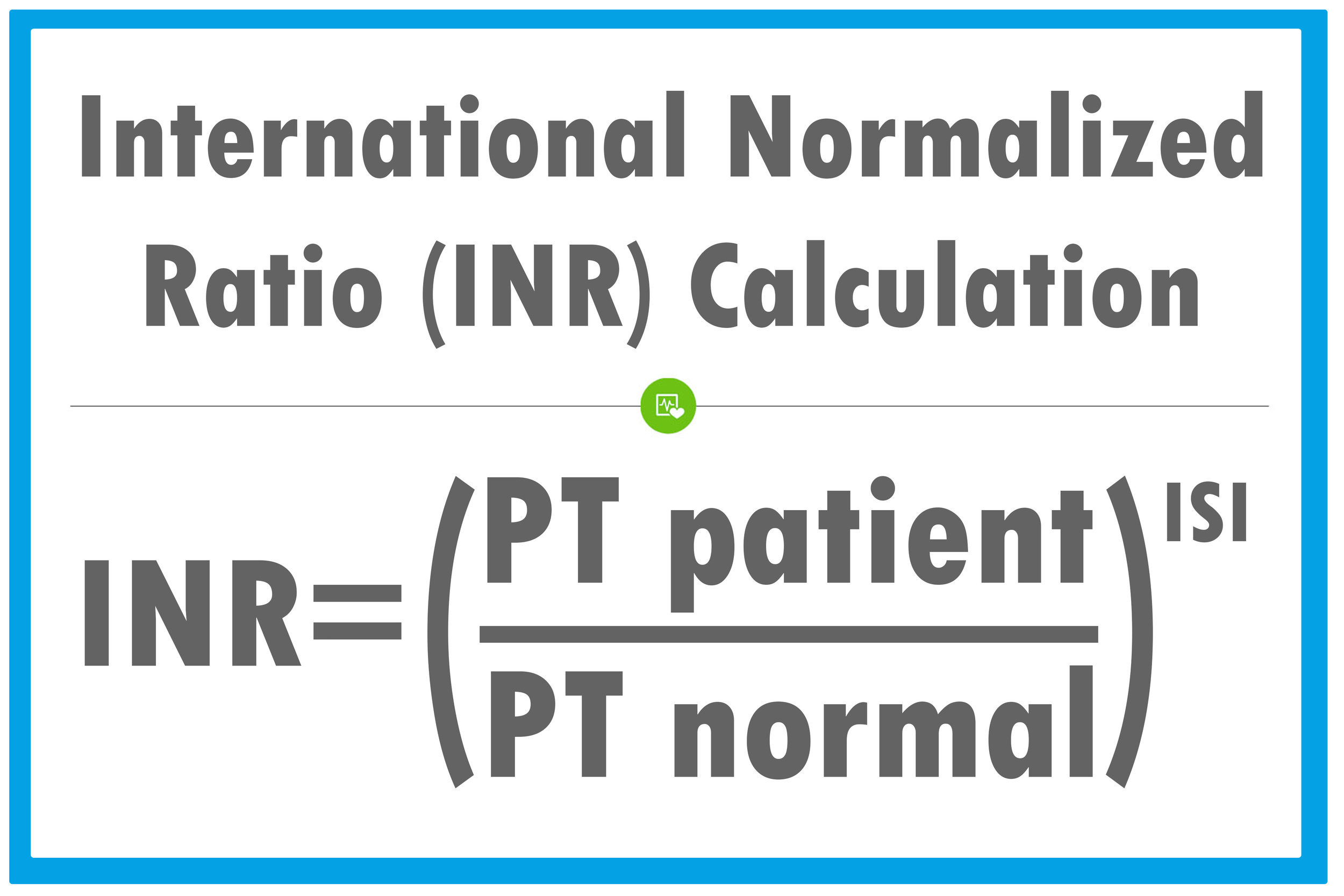Basic Coagulation Studies
Coagulation tests are very commonly ordered in the hospital to evaluate how a patient's blood is clotting. Depending on the patient, sometimes we want these levels to be normal and other times we want their blood to be thinner than usual. There are a variety of coagulation tests that can be performed to look at the general amount of time it takes for the patient's blood to clot as well as the amount of clotting proteins present in a patient's bloodstream.
Types of Coagulation Tests
Prothrombin time (PT) (Normal: 11-14 seconds): The PT can be presented in seconds or as the INR. The normal amount of time for blood to clot it 11-14 seconds. If it takes longer than this time, the patient's blood is "thinner" than it should and is taking longer than normal to clot. If the PT number is shorter than 10 seconds, the patient's blood is "thicker" and is clotting quicker than normal. The PT evaluates the coagulation factors VII, X, V, II and I (fibrinogen).
Partial Thromboplastin Time (PTT) (Normal: 25-35 seconds): The PTT also evaluates the coagulation of a patient's blood by seeing how long the blood takes to clot. The PTT is looks at the coagulation factors XII, XI, IX, VIII, X, V, II (prothrombin), and I (fibrinogen) as well as prekallikrein (PK) and high molecular weight kininogen (HK).
The ISI stands for the International Sensitivity Index and depends on the thromboplastic reagent that is used.
International Normalized Ratio (INR) (Normal: 0.8-1.2): The INR is a ratio of the patient's clotting ability against the normal clotting ability. The exact calculation is based on the PT as found on the right. The INR is used most commonly to evaluate a patient who is using warfarin (Coumadin) to intentionally thin their blood. This value is usually 2.0-3.0 for these patients. I have seen patients in the hospital with INRs as high as 10 (CRITICALLY high) who were given many units of fresh, frozen plasma (FFP) to reverse their INR to a more normal level.
Platelet Count (Normal: 150,000-450,000/microliter of blood): This study simply gives a physical count of how many platelets are in the patient's bloodstream. Maybe the reason they continue to have bleeding problems is because they are missing the platelets to clot.
Fibrinogen (Normal: 150-400 mg/dL): Fibrinogen is a protein found in the bloodstream that facilitates clot formation. It binds to platelets to physically form a clot and begin the coagulation process.
Why would a patient's coagulation studies be abnormal?
Reasons for a patient's blood to be thinner than normal include the following:
- Liver failure
- Blood thinner overdose
- Disseminated Intravascular Coagulation
- Low levels of proteins that facilitate the clotting cascade
- Vitamin K deficiency
Reasons for a patient's blood to be thicker than normal include the following:
- Overdose of Vitamin K (patients on Coumdain are told to avoid foods with high levels of Vitamin K)
- Estrogen-containing medications
Other relevant articles include:
Resources








